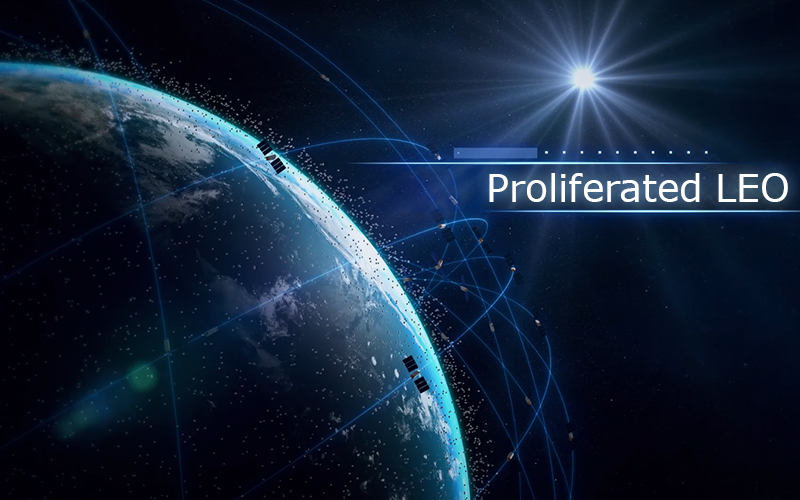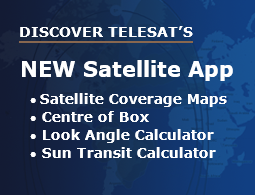Government agencies — including the U.S. Department of Defense (DoD) — have realized it’s time to modernize their satellite communications to gain greater resiliency, security, and cost efficiencies.
For example, the DoD announced it will transition away from Geosynchronous Earth Orbit (GEO) satellites to a proliferated architecture of Low Earth Orbit (LEO) satellites. The transition enables the DoD to leverage commercial innovation to enhance missile-tracking and missile-warning capabilities, and achieve cost reductions by leveraging commercial commoditized satellite buses and mass manufacturing.
LEO satellites provide an ideal communications environment that offers this innovation and resiliency due to:
- Distance to Earth. GEO satellites are located 36,000 km from Earth, so the round-trip signal delay may incur latency issues. In comparison, LEO satellites are 35x closer to Earth than GEO satellites, resulting in approximately 20x lower latency with high speed.
- A sophisticated architecture. The Telesat Lightspeed LEO constellation, for example, consists of optically interlinked satellites that provide a global mesh network in space, including Polar coverage for increased data routing flexibility and resiliency.
- High capacity. Telesat Lightspeed satellites have highly agile beams that can deliver up to 7.5 Gbps to a single terminal and up to 15 Gbps to a small area. Broadband density on Telesat Lightspeed can be up to 100x higher than other LEO satellite networks.
- Onboard processing. Agile beams allow Telesat Lightspeed to provide high throughput processing for superior performance at an overall reduced cost. This allows organizations to more effectively achieve payload goals, such as Earth observation and asset tracking/monitoring.
In addition, Telesat Lightspeed LEO satellites provide enterprise-grade, secure connectivity. We have adopted the National Institute of Standards and Technology (NIST) Cybersecurity Framework for our global mesh network. Also, Telesat will meet the highest Transmission Security (TRANSEC) and Infrastructure Asset Pre-Assessment Program (IA-PRE) requirements from the DoD. It will also be third-party vetted under the DoD’s Cybersecurity Maturity Model Certification.
The path to the proliferated LEO vision
Several recent contracted programs demonstrate Telesat Government Solutions’ commitment to achieving the DoD’s vision of proliferated LEO:
- The Blackjack Program was been initiated by the Defense Advanced Research Projects Agency (DARPA) to demonstrate how a global high-speed network in Low Earth Orbit provides the U.S. Department of Defense with highly connected, resilient, and persistent connectivity. Under Telesat Government Solutions’ Phase 2 contract award, two Blackjack LEO spacecraft are being designed and built to validate space-to-space relay via optical inter-satellite links (OISLs), as well as space-to-ground Ka-band connectivity to user terminals. Telesat Lightspeed will be evaluated to provide connectivity for government applications and for hosting mission-oriented payloads.
- Another program that we’re working on is the Space-Based Adaptive Communications Node (Space-BACN). In this program for DARPA, we are helping to support cross-constellation OISL communications. Our goal is to ensure seamless “handshakes” between Telesat Lightspeed and the Space-BACN OISL node for resilient, secure connectivity.
- Also, NASA has contracted Telesat Government Solutions to work on the Communications Services Project (CSP). The agency is evaluating commercial services for voice and data relay. We are working to demonstrate that an RF Ka-band space relay terminal can be hosted on government and commercial satellites for space-to-space connectivity to the Telesat Lightspeed network.
In all of these cases, the crucial element is RF and OISL connectivity from government payloads to the Telesat Lightspeed LEO mesh network. Secure, robust connectivity makes it possible for government agencies to accomplish their missions. Telesat Lightspeed is ready to share with them — and with other organizations — how our vision for proliferated LEO can improve mission resiliency and assurance.




